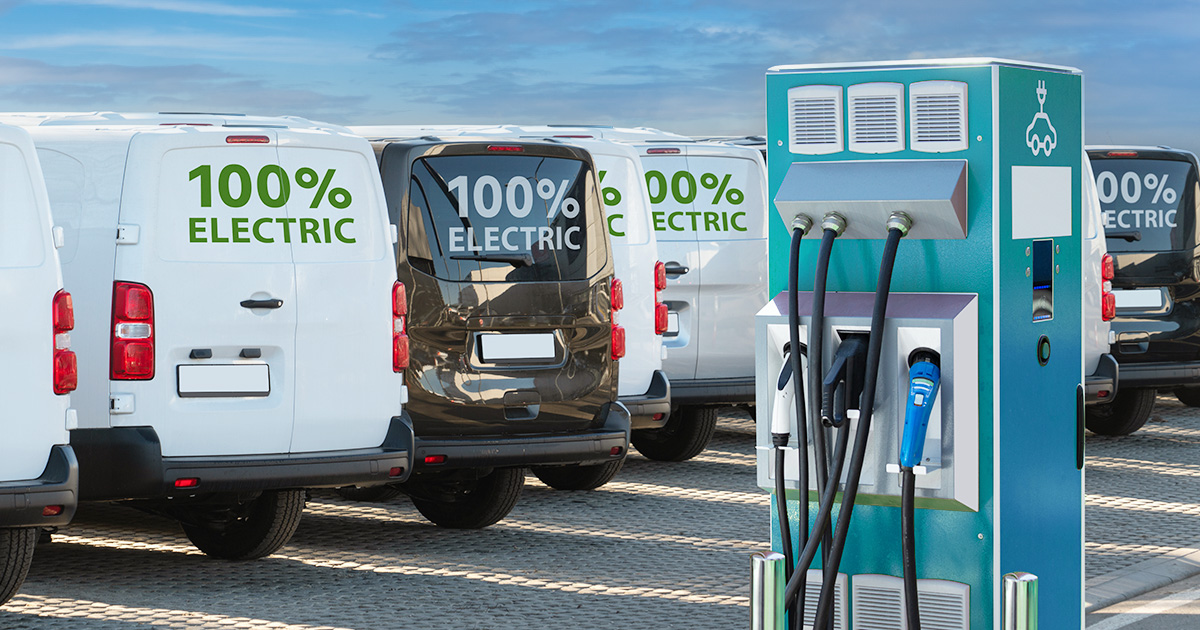 Most of Asia’s delivery needs were serviced by cars and scooters. However, many businesses turn to electronic vehicles as a more cost-effective option with the increasing oil price. These vehicles can be used for short and long-distance deliveries, making them ideal for businesses in this region.
Most of Asia’s delivery needs were serviced by cars and scooters. However, many businesses turn to electronic vehicles as a more cost-effective option with the increasing oil price. These vehicles can be used for short and long-distance deliveries, making them ideal for businesses in this region.
When Was Electric Vehicles First Used?
Electric vehicles have existed since the nineteenth century, although they only accounted for roughly one in three cars on U.S. roads. They were the automobile of choice among the aristocracy, owing to their quietness, ease of operation, and pollution-free nature. However, they were quickly phased out because of range restrictions and cheaper manufacturing costs of gas-powered versions. Electric automobiles or electric vehicles (EVs) are being rapidly revived this time, all around the world, almost a century after their invention.
Globally, 13 major economies in the Clean Energy Ministerial discussions have established a potentially game-changing objective for new electric vehicle sales by 2030. On the commercial side, Amazon and Hyundai have doubled down on multi-billion-dollar EV commitment pledges.
Rise of Demand For Electric Delivery Vehicles In Asia
The cost of oil has been on the rise for years, and it doesn’t look like it will stop anytime soon. This has had a major impact on the way businesses operate, particularly in Asia, where many companies rely heavily on deliveries. With fuel prices continuing to climb, the growing demand for electronic delivery vehicles can help businesses save money.
Several factors are driving this demand, including the increasing popularity of e-commerce and the rise of last-mile delivery companies. In addition, many Asian countries have been investing heavily in electric vehicle infrastructure, making it easier for businesses to switch to EVs.
With so many benefits, it’s no wonder that the demand for electric delivery vehicles is rising in Asia. And as oil prices continue to climb, likely, this trend will only continue in the years to come.
Nations in Asia that have begun deploying electric vehicles for logistics and passenger transportation:
China
In China, where demand for home delivery services is rising, and the working-age population is decreasing, delivery drivers’ workloads are expected to grow.
Around half of the electric passenger and delivery vehicles worldwide can be found on China’s lively streets, home to the world’s largest electric car maker BYD. Since September 2017, the East Asian colossus has been working on banning fossil-fueled cars.
Japan
By the end of March 2021, Japan planned to put 1,200 electric vehicles in the mail and package delivery services to enhance its environmental efforts. To begin with, Japan Postal Corporation began phasing out gasoline-fueled delivery vehicles and replacing them with electric cars in Tokyo and other major cities.
South Korea
South Korea, the eighth-largest carbon polluter globally, has set a goal of having one-third of cars powered by electricity or hydrogen by 2030. To that end, a financial investment of 2.2 trillion won has been committed to helping accelerate the development of the business.
Future Of Electric Delivery Vehicles
The market for electronic delivery vehicles is growing rapidly as businesses look to reduce their dependency on oil. These vehicles are becoming increasingly important in Asia, where rising oil prices strain the economy. In Asia, governments and businesses invest in electric delivery vehicles to address this issue. And with the growing popularity of e-commerce, the demand for these vehicles will only increase in the years to come.
SEE ALSO:
